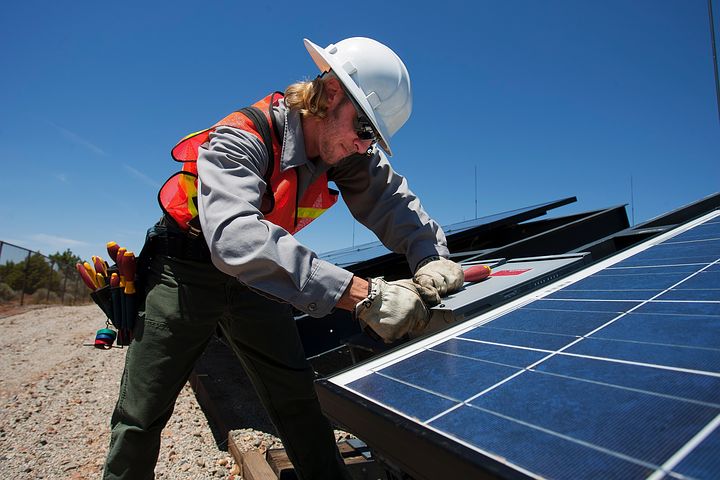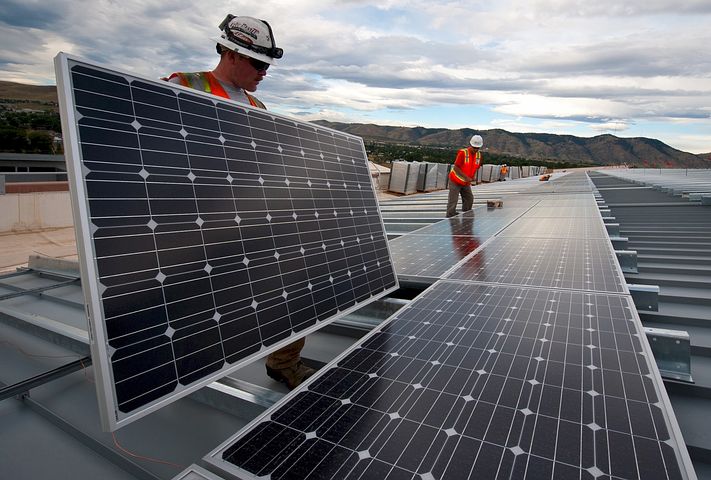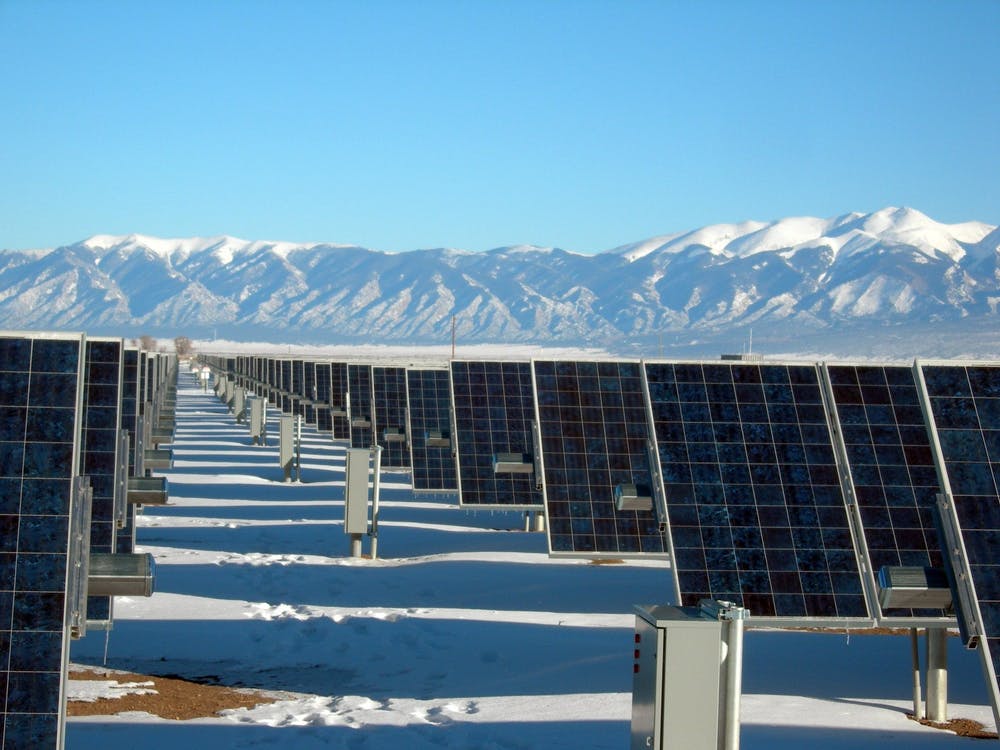It can feel like a big leap for a business to transition to commercial solar for their energy needs.
This is a project that is becoming more common by the day in 2020, giving retailers, developers, manufacturers and niche specialists a chance to optimise their work without being limited by old forms of technology.
By taking stock of the micro and macro benefits of solar, we will detail 7 of the top advantages to make the transition to commercial solar today.
1) Reliable Energy Generation
It is impossible to make the change to commercial solar without seeing the tangible results of reliable performance. Unlike their gas and coal counterparts, these panels enable businesses to keep the lights on 24 hours of the day and 7 days of the week. Many locations across the country will experience dropouts as pressure is placed on the grid, but these installations will continue to deliver the goods irrespective of the conditions.
2) Long-Term Cost Savings

The monthly utilities bill will see a decrease when businesses make the switch to commercial solar. Although there are costs required to invest in the program from the outset, this is an exercise that will provide dividends for the ensuing months and years to follow. Those professionals monitoring the books can read the projections and engage operators who can advise on how much cash will be restored by opting for this improved system.
3) Government Subsidies & Energy Sales
Another financial benefit that is often overlooked with a switch to commercial solar is being eligible for government subsidies and profiting from extra stored energy consumption. These policies have been in place for a number of years to ensure that such a transition is not too costly from the initial purchase phase of the project. Accountants and bookkeepers will love this program as it will give them scope and flexibility to offset the short-term pain. Once the system is up and fully operational, that extra energy can be sent back to the public grid and put more dollars in the back pocket of the business as well.
4) Smart Analytic Features
With the aid of inverters and other digital systems that are used to compliment commercial solar, clients are able to utilise the best in cutting edge technology. This enables operators to monitor and optimise their energy consumption like never before. The outdated analog versions could barely be understood by many customers, so these provisions enable users to go the extra step and stay on top of their internal system.
5) Self-Sustainability
By disconnecting with the public power grid, the use of commercial solar will deliver a model that is self sustainable. Any issues that are experienced with the grid to see suburbs and public outlets go dark won’t be an issue at the solar site. Specialists can arrive on site to repair or upgrade any panel in this instance, giving the client a degree of autonomy and flexibility that is not tied to a central grid position.
6) Lowering Carbon Footprint

These solar installations are head and shoulders above their traditional counterparts when it comes to lowering the carbon footprint for outlets. By making the switch, one single location will save approximately 400 tonnes of carbon dioxide equivalent per gigawatt and hour. Coal and natural gas models consume far more per capita with these older models, giving local businesses a chance to do their part for the planet.
7) The Green Brand
The public relations department will enjoy making the transition to commercial solar given the positive reception received from the community. Businesses of all descriptions should be showing an ability to be environmentally conscious and making progress for the public good. Rather than regurgitating marketing jargon, this is a method that actually walks the talk.

